Hydrangea tree - varieties, planting and care in the open field, reproduction
Content:
Ornamental shrubs of tree hydrangea are very popular with flower growers all over the world. Decorative characteristics, unpretentiousness, long-term abundant flowering made Hydrangea so popular. The variety of crop varieties allows you to create exquisite landscape solutions. Hydrangea will harmoniously complement any flower arrangements, will become a bright decoration of the personal plot.
Description of hydrangea tree
Gardeners all over the world successfully grow hydrangea outdoors. Beautiful and long-lasting flowering is of particular value to gardeners. A wide range of colors of different varieties allows landscape designers to create unique compositions.
Origin
North America is considered the birthplace of culture. The first descriptions of hydrangea are mentioned at the turn of the 13th and 14th centuries. At this time, she was first introduced to Europe. She gained special love from aristocrats from England and France. In those days, only 2 types of hydrangeas were grown: red and white.
The name of the plant was given by the botanist from France F. Commerson, who gave it the female name common at that time - hydrangea.
Features of the
Treelike hydrangea grows up to 2 m. The crown is formed from flexible, strong green shoots. The culture has a highly developed superficial root system. The voluminous oval-shaped foliage has a bright rich green color, which remains even after drying. In autumn, the leaves of some varieties acquire red tints, which give the plant a special sophistication. They are not inferior in their decorative characteristics to flowers.
Pros and cons
The tree hydrangea has many benefits. Its main advantage is considered to be high decorativeness. A wide variety of shades of inflorescences opens up ample opportunities in landscape design. It can be combined with different flowers, shrubs and ornamental trees.
The plant must be properly cared for so that it pleases with a beautiful flowering in the first year after planting. The unpretentiousness of hydrangea allows even inexperienced growers to grow it. Flowers have the ability not to fade for a long time.
In addition to the advantages, the plant also has disadvantages. A big disadvantage is the need for frequent watering, shading of seedlings.Hydrangea is very sensitive to moisture deficiency, which provokes yellowness and leaf fall. Excess moisture causes the root system to rot.
Winter hardiness
Hydrangea has high winter hardiness. Adult plants can easily tolerate low air temperatures (up to -40 ° C). Thanks to this, the culture is successfully grown not only in regions with a temperate and warm climate, but also in areas with severe winters: in the Urals, in the Moscow region and Siberia.
Varieties and varieties of tree hydrangea for the Moscow region
This type of hydrangea is the most common in Russia. It adapts well to temperature extremes and climate. When planting several species side by side with different budding times, you can get a continuously blooming garden. The most popular varieties for cultivation in the Moscow region are varieties with high frost resistance.
White
Along with panicle hydrangea such as Grandiflora, tree varieties with snow-white inflorescences are very popular:
- Arborescent. The shrub is densely covered with beautiful inflorescences. It tolerates frosts well without additional shelter up to (-30 ° C);
- Incrediball. The plant has a strong stem, which provides it with reliable protection from strong winds and bad weather. Rounded inflorescences consist of snow-white or creamy flowers;
- White Dome. This variety has unique snow-white inflorescences framed by several individual cream-colored flowers;
- Annabelle. An unpretentious plant with super winter-hardy characteristics. Its inflorescences are small spherical in shape, the leaf is large enough, up to 15 cm in length.
Pink
One of the brightest representatives of this species is Annabelle. This unique plant of the Pink variety is resistant to severe frosts and negative external factors. At the beginning of flowering, the buds are bright dark pink. Then they gradually turn bright pink.
Red
The compact bushes of the Red Hot variety with scarlet inflorescences have come to the liking of many flower growers. The bush always looks festive. During active flowering, it seems to be on fire.
Terry
Gorgeous terry hydrangea Papillon with delicate velvety inflorescences will decorate any garden. The buds have different colors: from pink to red interspersed with green.
One of the newest varieties Hayes Starburst differs from its relatives in narrow leaves and small spherical inflorescences.
Planting hydrangeas outdoors
Correct planting of hydrangeas will be the key to good survival and plant health. In order for the seedlings to feel comfortable in a new place, it is necessary to take into account various factors: choose the right healthy specimens, the time and place for planting, lighting, soil fertility. Therefore, it is so important to know how to plant a tree hydrangea in open ground and provide care.
Site and soil selection and preparation
Acid loamy and slightly acidic soil is considered the best for planting hydrangeas. Simple garden soil is also suitable if you increase the acidity with needles, sawdust or peat.
The site should be chosen well-lit, but slightly shaded. The sun's rays will burn the flower and it may die. For normal development, he needs a lot of space, so the site should be spacious enough.
Next to which plants it is better to plant
Sprawling branches of hydrangea will create comfortable conditions for shade-loving low plants (ivy, periwinkle).To close the part of the stems on which there are no leaves, mint is planted around the bush. Hydrangeas also feel comfortable next to scaly juniper, lavender, hydrangia, yarrow, late varieties of chrysanthemum.
How to plant
Before planting a hydrangea, it is soaked for half an hour in a solution that stimulates growth, and at this time a hole is dug. A drainage layer is laid on its bottom, and on top of it a nutritious soil. A shrub prepared in advance is placed in the center of the hole, sprinkled with earth and tamped. The root collar should remain above the ground at a height of 10 cm.
Plantings of hydrangeas are watered with water, and then with a solution in which the seedlings were soaked.
Plant care
The success of growing a tree hydrangea depends on caring for a plant. It is necessary to follow all the rules of agricultural technology so that it can actively develop and delight with flowering.
Watering
The growth of hydrangea directly depends on watering, because it is a very moisture-loving crop. The main thing is to strictly observe the norm, because an excess of moisture will provoke rotting, and its deficiency will wilt and throw off the inflorescences. Irrigation is carried out with a frequency of 1-2 times a week. It is better to use rainwater, settled.
Fertilization and feeding
Top dressing is carried out several times per season. In early spring, fertilize with nitrogen compounds, and after a few weeks with potassium and superphosphate. In the middle of the season, organic fertilizers are poured under the bush: humus, charcoal.
Mulching and loosening
One of the mandatory procedures is loosening, which will provide oxygen, moisture and nutrients to the rhizomes. At the same time, the soil is cleared of weeds. In order to protect plants from overheating and preserve moisture, the trunk circle is covered with mulch from sawdust, peat or tree bark.
Pruning
As the shrub grows, it thickens and blooms less abundantly. To prevent this, pruning is carried out twice a year. In autumn, old dry branches are cut off, and in spring - young shoots to form a bush. These procedures rejuvenate the hydrangea and simulate abundant flowering. Young shoots are shortened by 2 buds, and old branches by 4 buds.
Preparing for winter
Despite the fact that hydrangea tolerates winter well, in order to protect it from severe frosts, the trunk circle is covered with mulch. Blades are driven in around the trunk, wire is attached to them and covering material is pulled. To protect the branches from damage, they should be tied up.
Reproduction of tree hydrangea
The shrub is propagated in different ways. They all have their own advantages and disadvantages. Each grower will be able to choose the best option for himself.
Growing from seeds
The seed is prepared in advance. Sowing is carried out in February in a container with a nutrient substrate. Then moisten and cover with foil. As the seedlings grow from seeds, the shelter is gradually removed. Seedlings are transplanted into separate pots after two full-fledged leaves appear on them.
Cuttings
In the middle of the season, cuttings are harvested from green shoots. Each segment should have 2 pairs of leaves, a piece of bark and a developed internode. The length of the cuttings should be no more than 15 cm. The sprouts are deepened into the ground to the middle of the lower internode and covered with a plastic bottle. Periodically, the seedlings are ventilated and watered. The roots appear after a month. Cuttings are planted for the next year.
Dividing the bush
This is the fastest way to reproduce. A perennial shrub is rejuvenated by dividing it into several parts.In the spring, before the start of sap flow, it is dug up, the roots are cleaned from the ground and cut into pieces. Sections are treated with garden pitch. Each segment should have its own root, shoots. Then they are planted as ordinary seedlings.
Layers
To carry out reproduction in this way, the longest branch, which is closest to the ground, is buried. The shoot is cleaned of foliage and placed in a furrow 5 cm deep. The top should remain on the surface of the soil. The layering is fixed with staples. In the future, they look after him as a mother bush. A year later, it is dug up and transplanted.
Transfer
In the spring, a transplant is carried out. Before that, the branches are cut off by 1/3 of the length and the bush is dug out without damaging the earthen lump. If it is damaged, the bush is cut off more radically. This is necessary for the plant to take root. The flower is planted in a prepared hole. Then the bush is shaded and watered regularly.
Diseases and pests: means of combating them
Compliance with the agrotechnology of hydrangea will protect it from diseases. With improper care and alkaline soil, the culture is at risk of developing diseases. For prophylactic purposes of fungal diseases, the shrub is treated in spring with fungicides. Pest control is carried out using insecticides. At the first sign of slugs, ants or aphids, treatment is necessary. After a while, the procedure is repeated.
With such a common disease as powdery mildew, fight with Bordeaux liquid. Chlorosis is treated with a solution of ferrous sulfate.
The use of tree hydrangeas in landscape design
Hydrangea is rightfully considered a leader in landscape design. Experts highly appreciate it for its decorative effect and duration of flowering. Horizontal growth allows you to use it as an independent planting in a flower bed or a living fence, planting in one row. Compact size, good flexibility to shape, open up ample opportunities for the implementation of any ideas. Lush bloom throughout the summer will give the garden a picturesque look.
Treelike hydrangea is a unique plant with excellent decorative characteristics and minimal agrotechnical requirements. It will effectively fit into any landscape design.
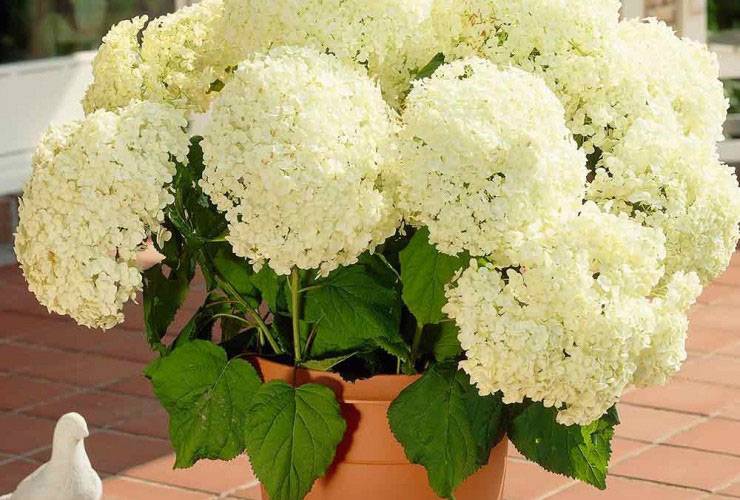
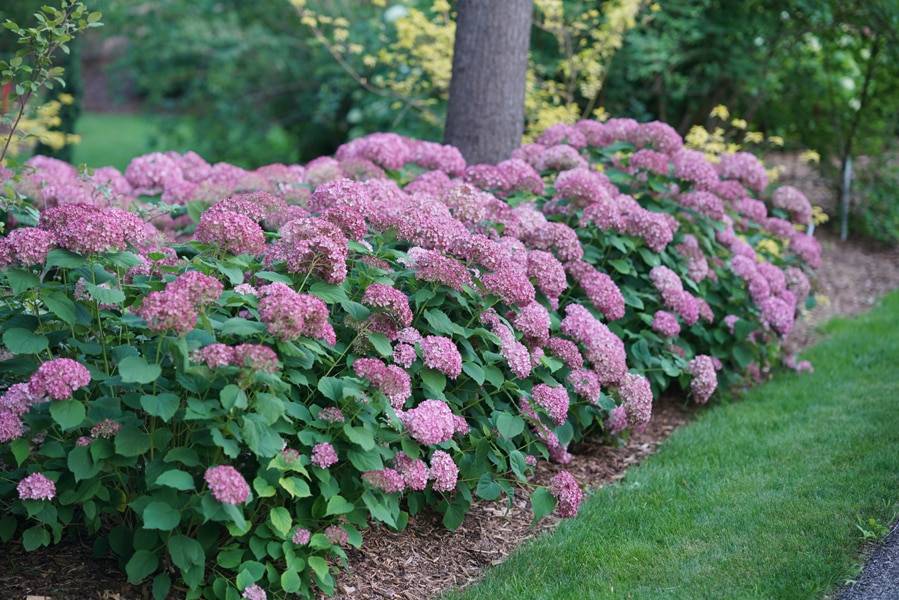
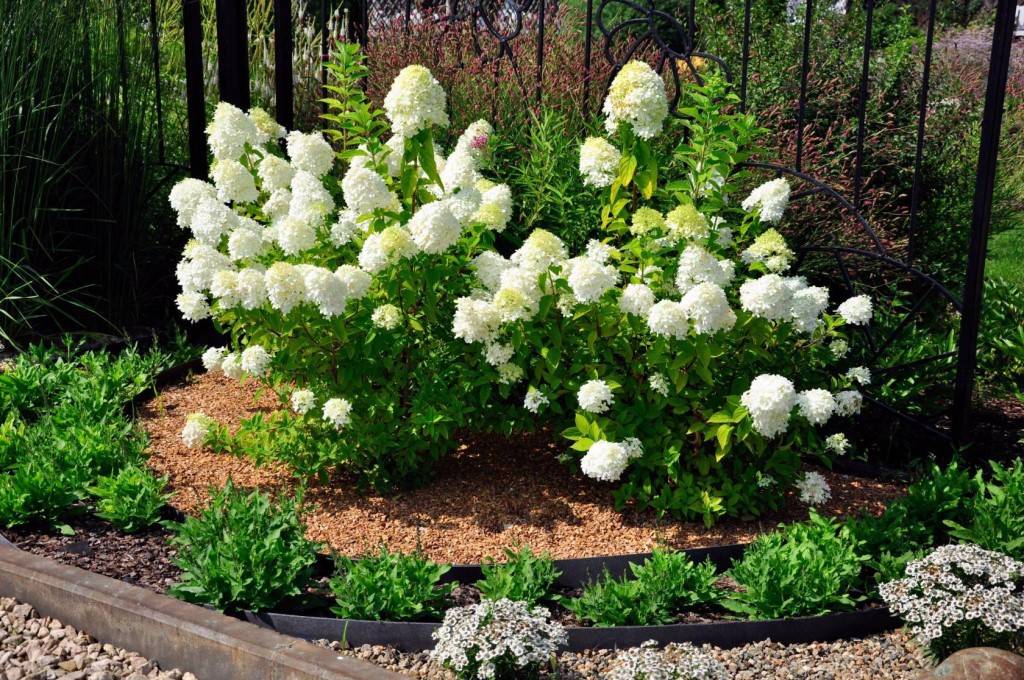
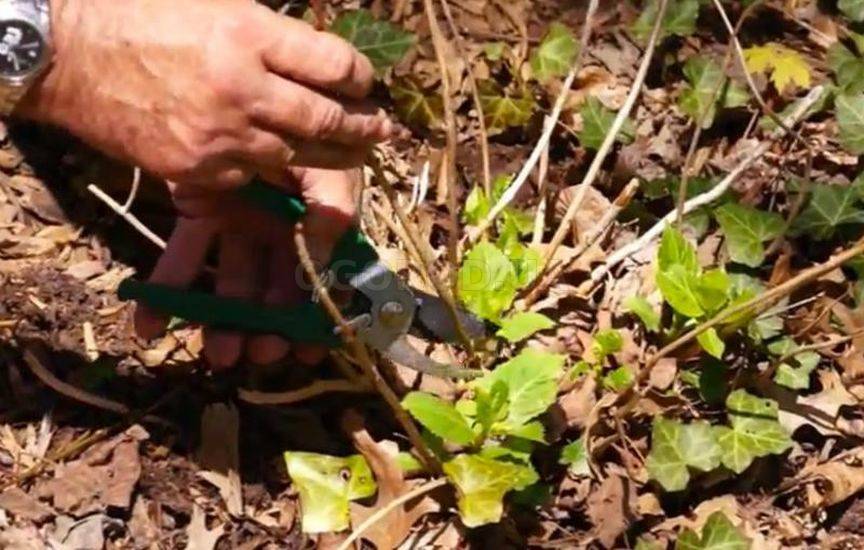




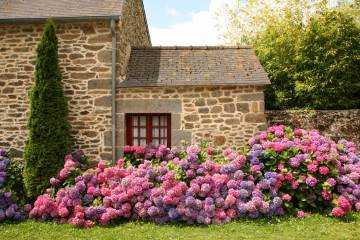
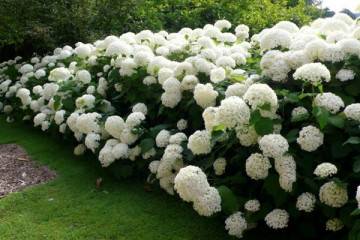

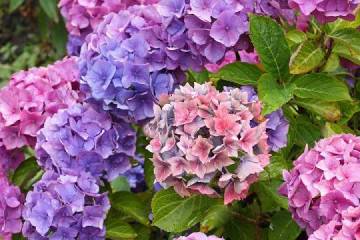
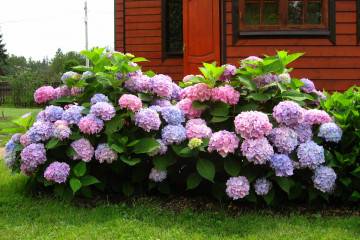
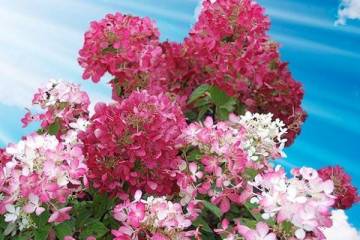
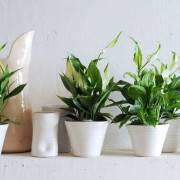
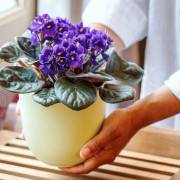
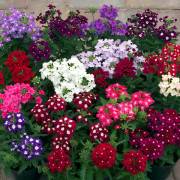

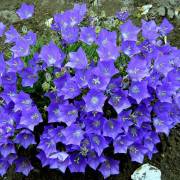


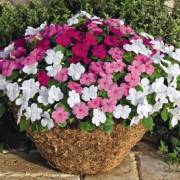
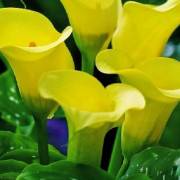

How much LIE !!! There is no Asorescent variety! Hydrangea tree-like in English and is translated as (Hydrangea arborescens).Terry variety Papillon - ONLY large-leaved!
Red Hut variety - ONLY large-leaved !!! There are no such tree-like ones! In most of the photographs, it is predominantly large-leaved, except for one paniculate and the three largest pictures! Who was it? Why lie like that? Are you gaining popularity by lying ???